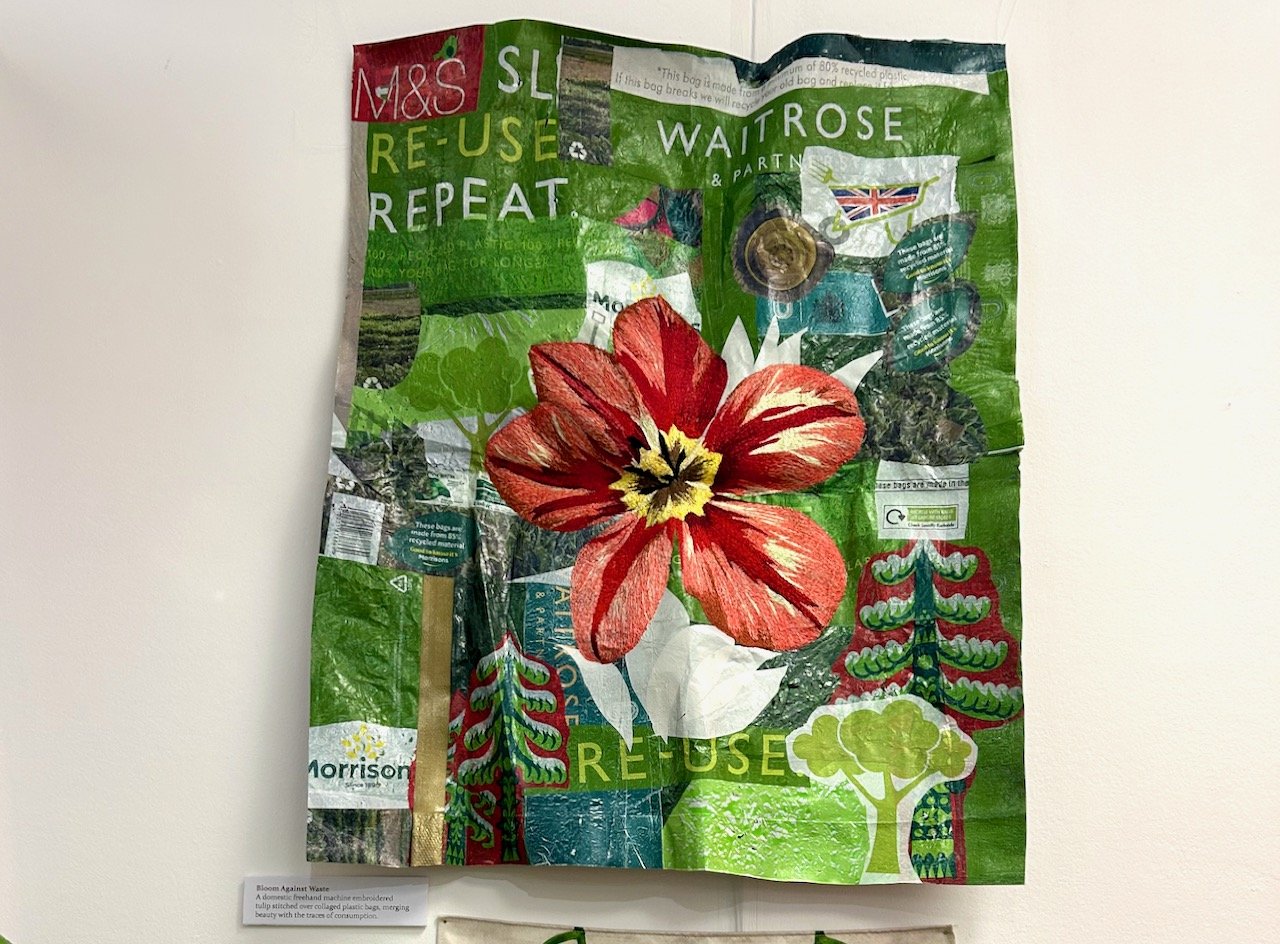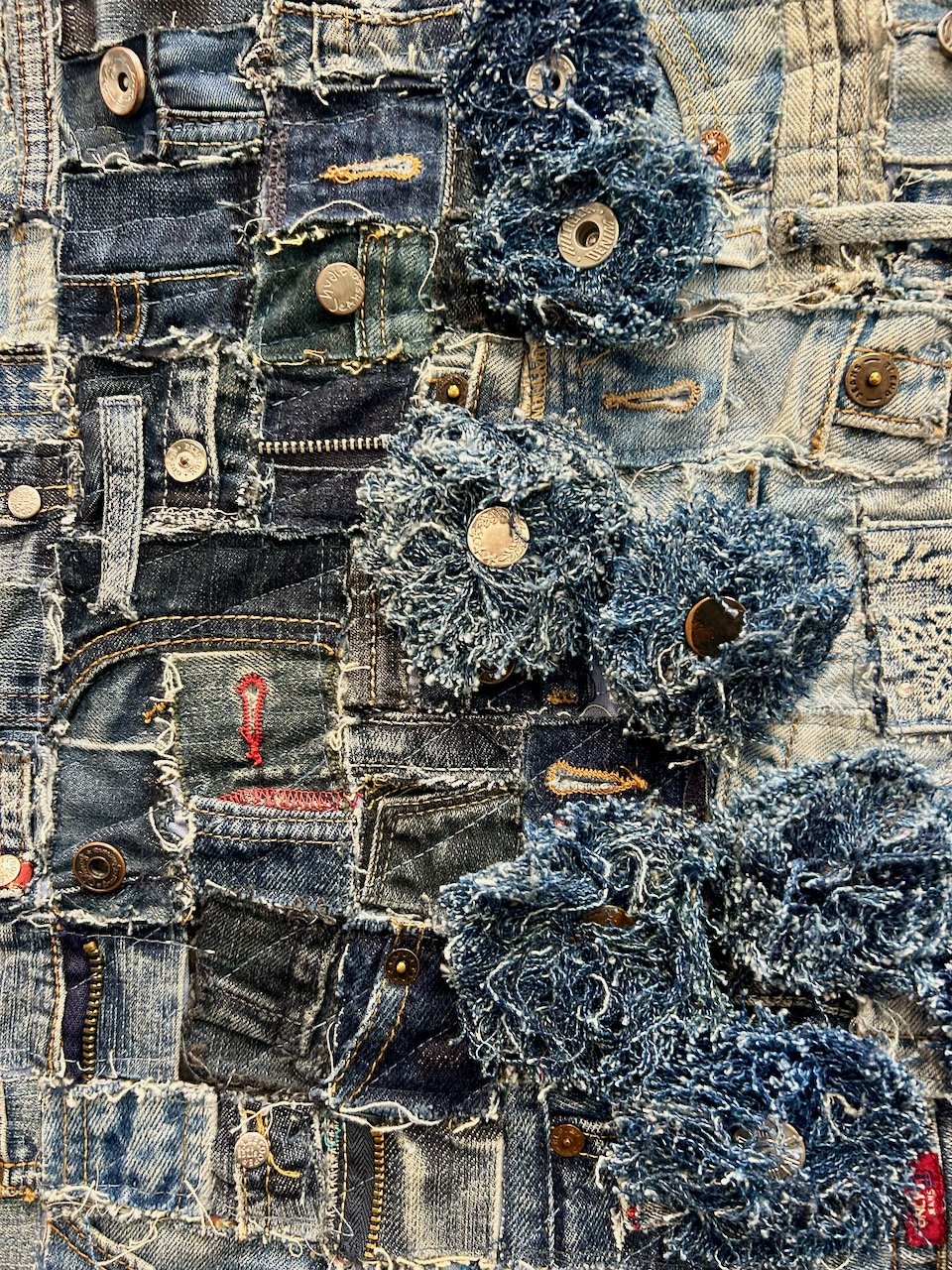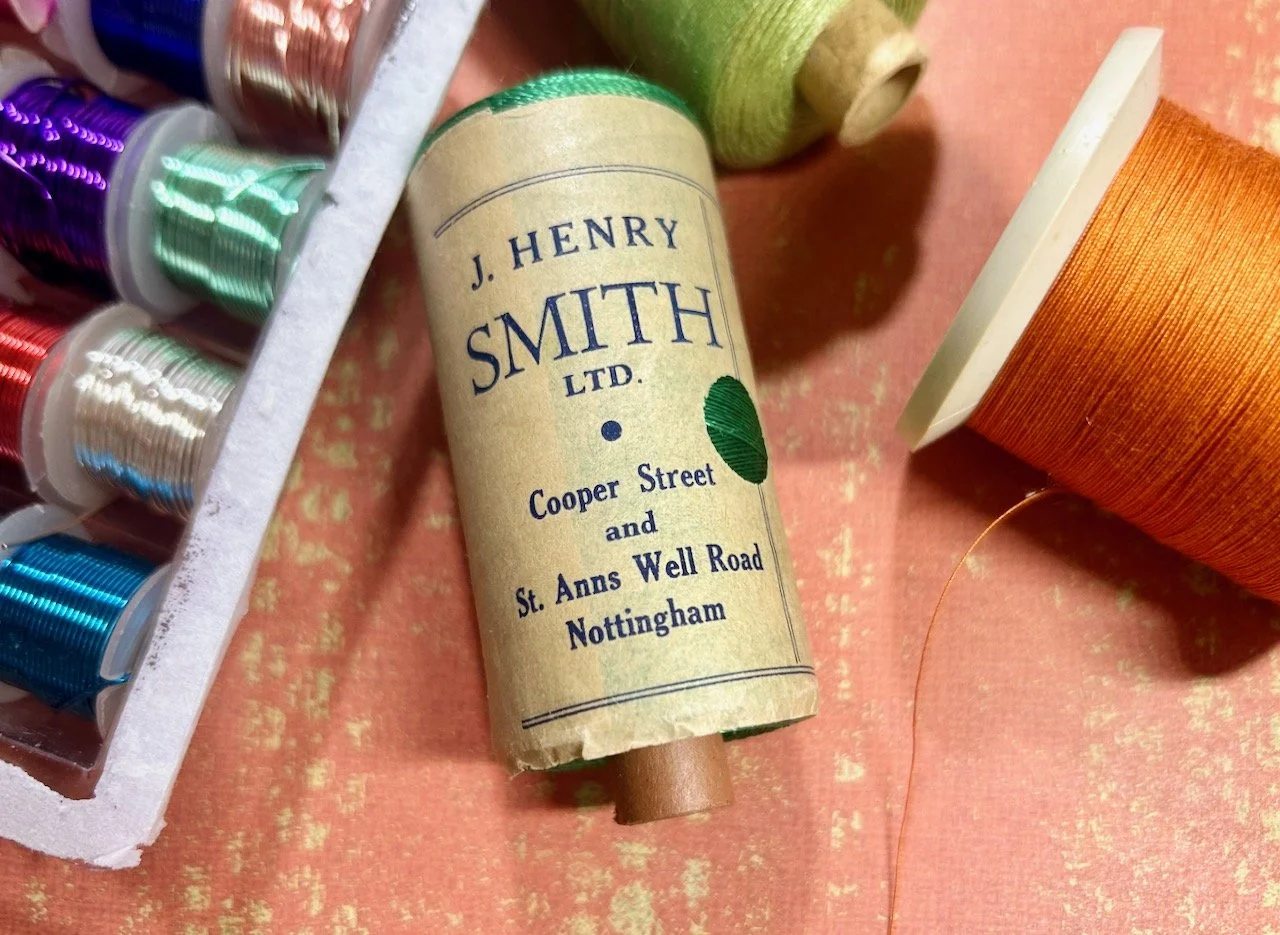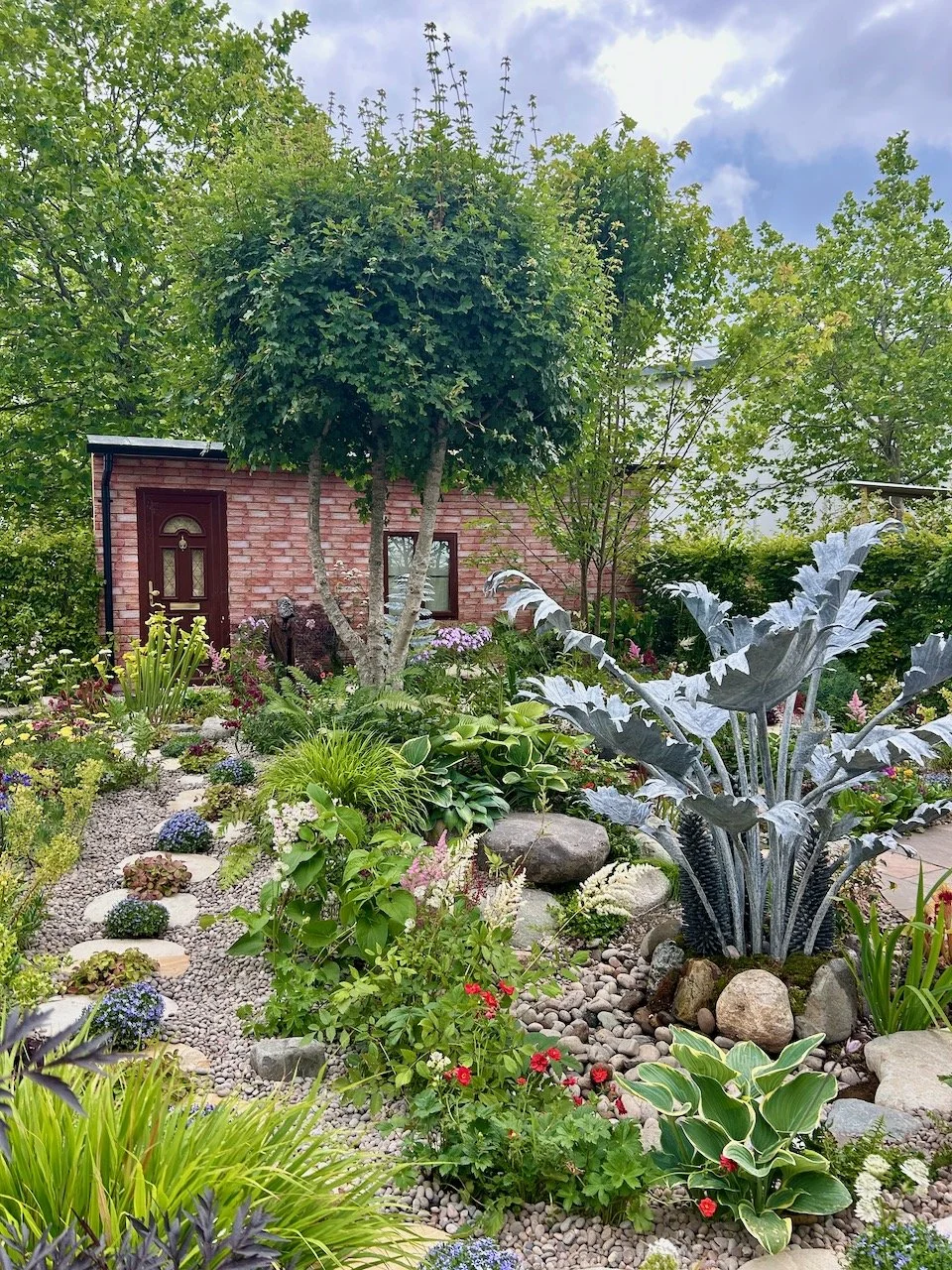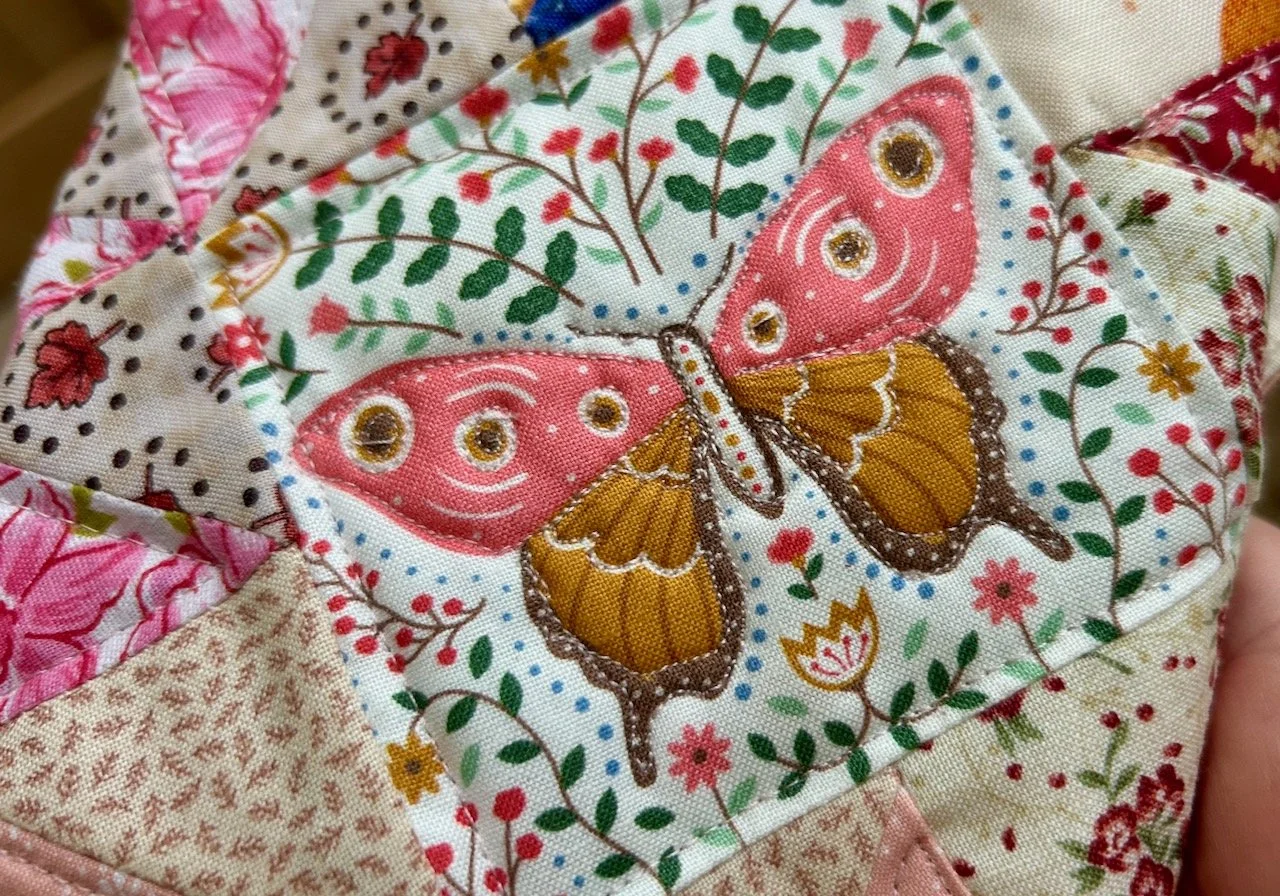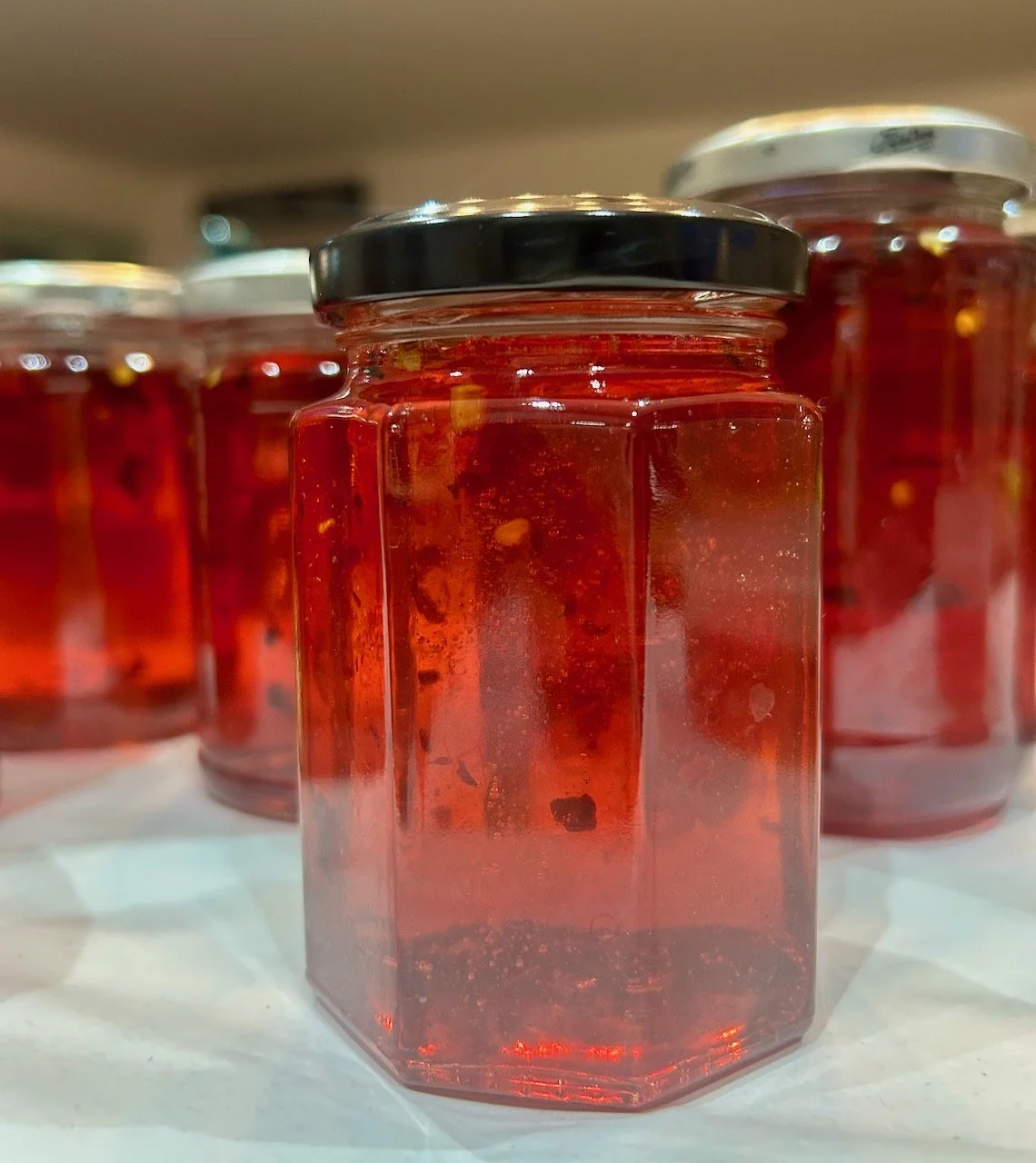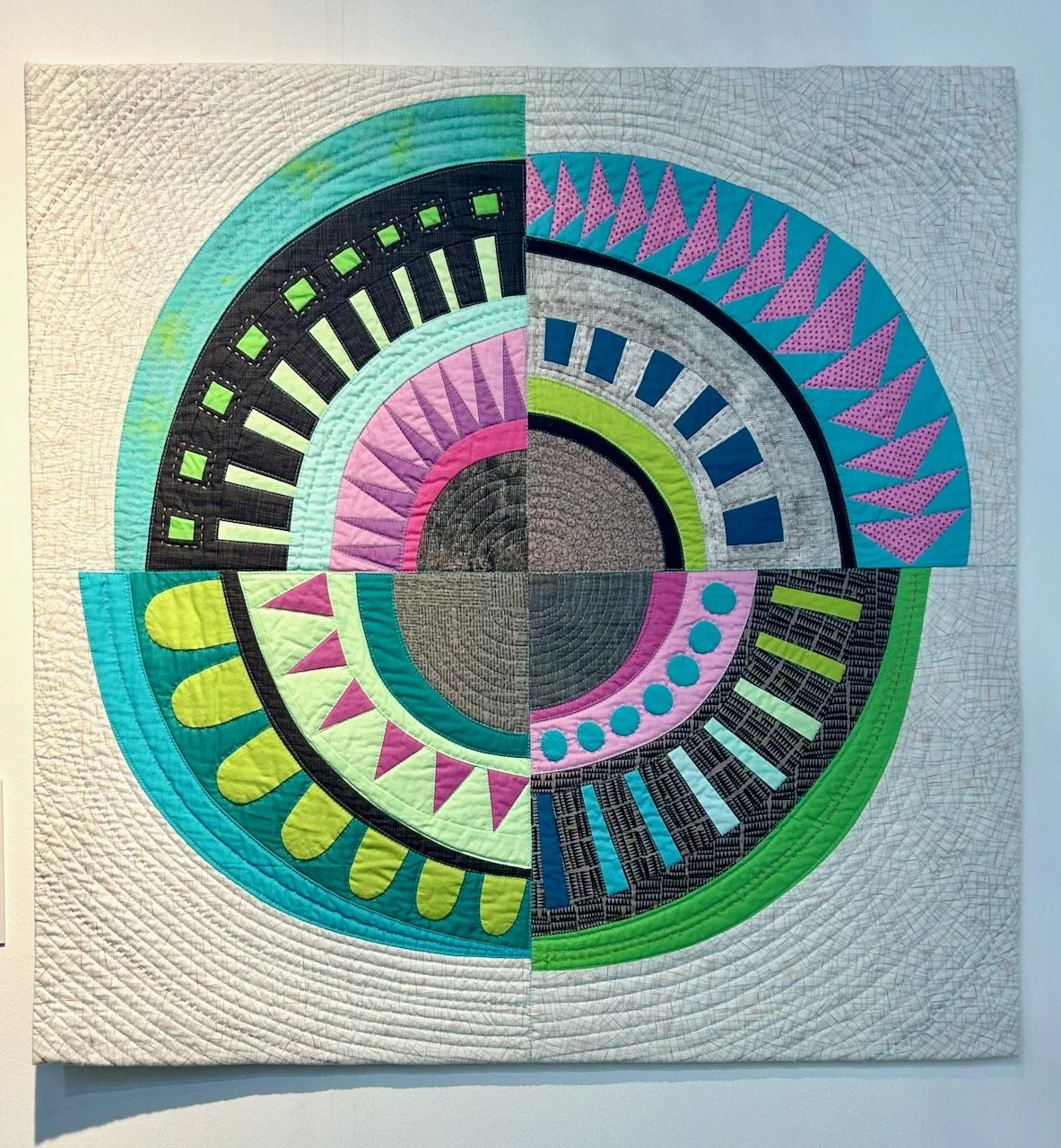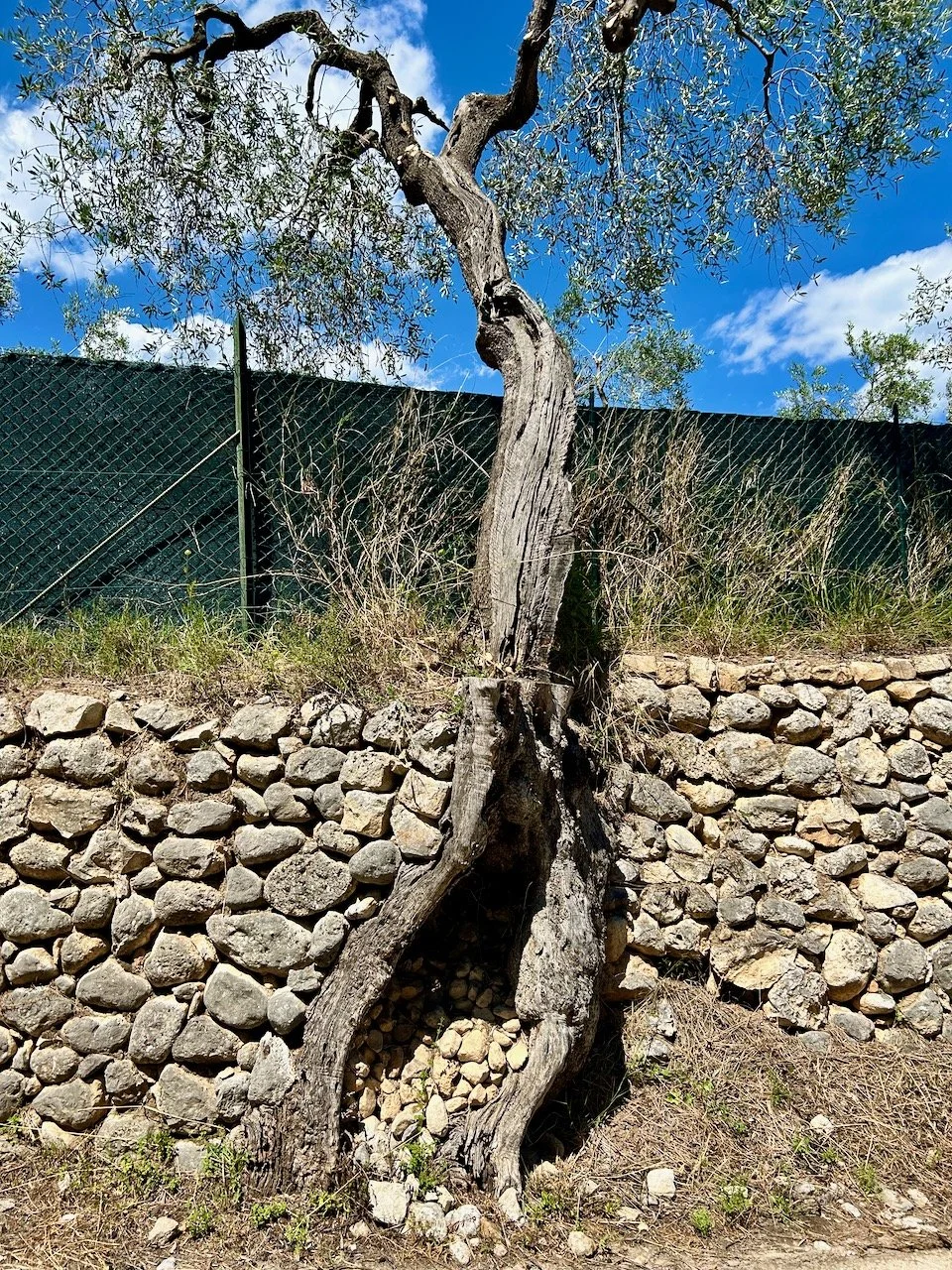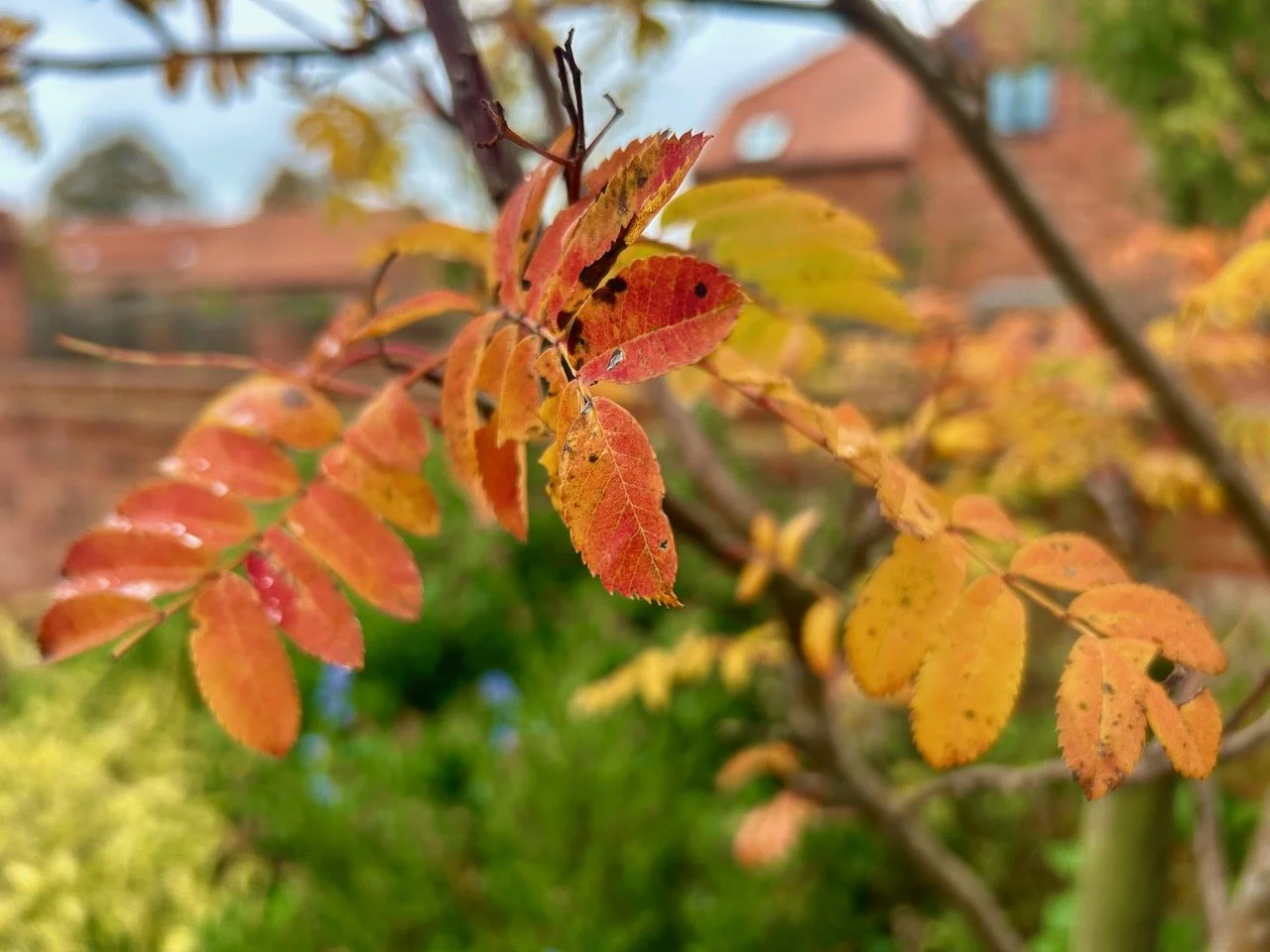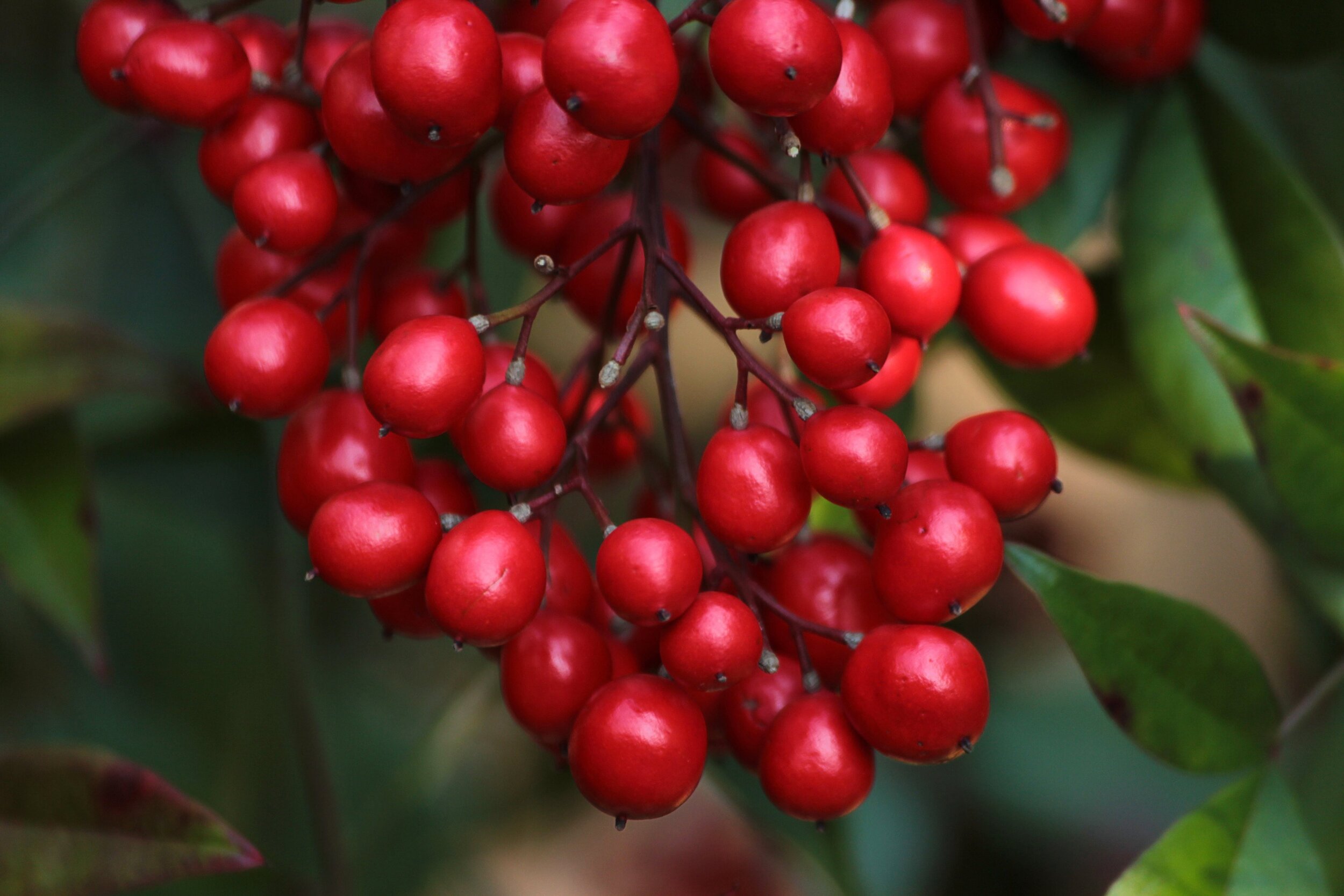We've already walked around both of the formal gardens at Chenonceau with their similarities and differences and today finally, we're popping into the chateau. But not without a look at the outside and how it bridges the River Cher.
Isn't it stunning? And like our homes today the bridge across the river was built in stages. It was first built by Diane de Poitiers who was gifted the chateau by King Henri II in 1547. When Catherine de Medici, Henri II's widow, removed Diane she added the two storey gallery, to hold glamorous parties - and I bet they were just that.
On the way in I spotted another gargoyle, this one looking a lot more menacing than the ones in Blois.
And what a front door. It dates back to François I and is made of sculpted wood and painted. It bears the arms of the builders of Chenonceau along with the salamander of François I and a Latin inscription. A grand chateau needs a grand front door, and this is certainly that.
As well as the grandeur which you'd expect from a chateau, what struck me about Chenonceau was their stunning flower arrangements. Throughout the chateau their modern take on the arrangements left me in awe. I'm annoyed with myself though as my photos aren't as sharp as they could be. As usual I used my iPhone but I suspect I had a smear on the lens.
I couldn't wait to get into the Gallery, and when we did I was pleased that we'd managed to get there before the large group we seemed to be following about, so it meant it was almost empty. And in real life it's even more stunning than in the photo.
It's sixty metres long and six metres wide. Daylight floods in through the eighteen windows and you can just imagine the grand balls that would have taken place here. During the First World War it had a change of use when Dr Gaston Menier (of chocolate fame) paid to set up a hospital in the chateau. And as a crossing over the river it played its part with the Resistance too. I'm always totally amazed at the heroics of people at that time in readiness to save people.
There were as many flowers, plainer of course, below stairs. The greenery and hydrangeas below were in the kitchen areas. And while they are less fancy, I don't think you can say the same for that handrail, can you?
Back upstairs the flower arrangements continued to amaze. I loved this one, comprised of many square and oblong glass vases and full of flowers, which were also repeated across the mantelpiece in the library, where Catherine de Medici had her desk.
The last arrangement I'm sharing today is in one of the darkest rooms of the chateau, so along with a smudge on my lens I'm grateful I could rescue even a part of this photo. The shading helps though I think. It's from Louise of Lorraine's bedroom, which is dark and moody and you'll not be surprised to learn that she retired to Chenonceau to meditate and pray after the assassination of her husband King Henri III.
I found this one of the most moving rooms in the chateau, and while the room was dark decorated in blacks, greys and silvers she always dressed in white, following the protocol for royal mourning and was given the name the White Queen. The room is decorated with motifs of feathers, which represent sorrow and silver tears. This simple, but stunning flower arrangement was totally appropriate.
Quite a different take on flower arrangements aren't they?

